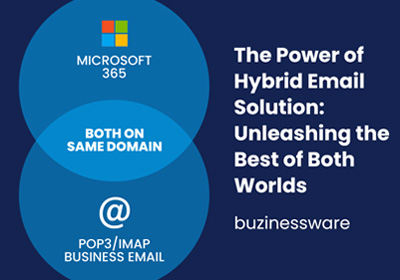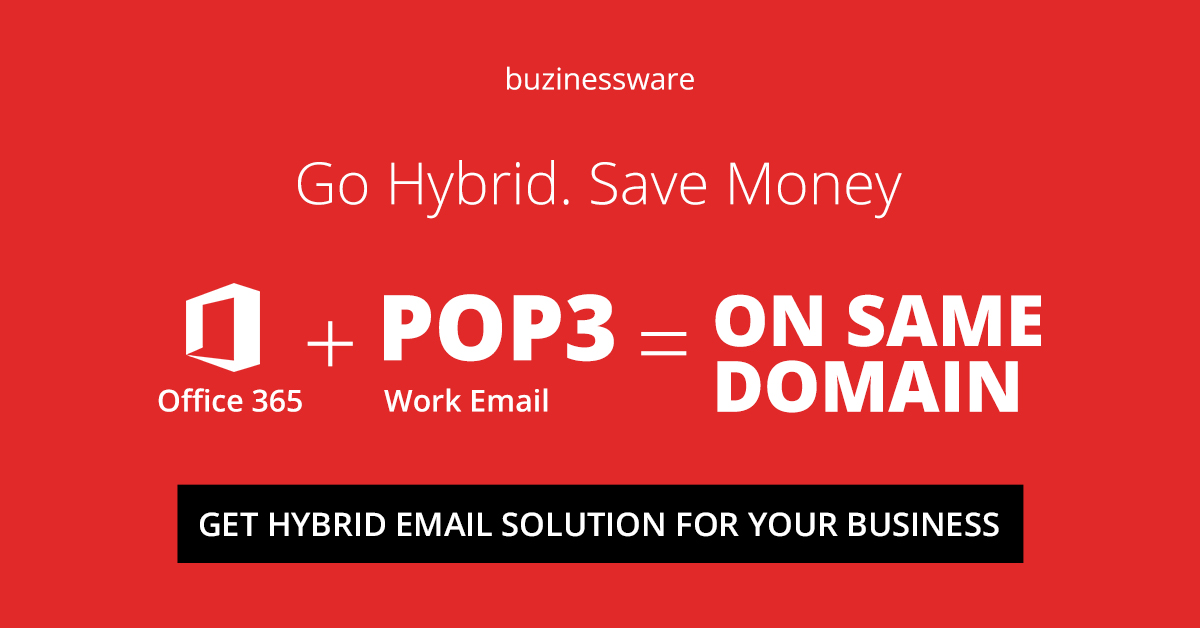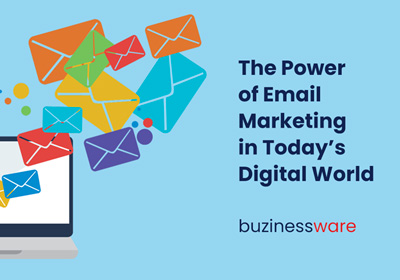
The Power of Hybrid Email Solution: Unleashing the Best of Both Worlds
In today’s digital age, email communication plays a vital role in both personal and professional spheres. Businesses rely on email for seamless communication with clients, customers, and employees. However, the challenge lies in finding the perfect balance between the reliability and security of on-premise email servers and the flexibility and scalability of cloud-based solutions. This is where hybrid email solutions come into play. In this blog post, we will explore the concept of hybrid email and its potential benefits for businesses.
Understanding Hybrid Email
Hybrid email is a strategic approach that combines the advantages of on-premise and cloud-based email solutions. It allows organizations to maintain control over their sensitive data and infrastructure while leveraging the scalability and cost-effectiveness of the cloud. By integrating on-premise and cloud email servers, businesses can create a seamless and unified email environment that caters to their unique requirements.
Benefits of Hybrid Email
Enhanced Security
and Control
One of the key advantages of hybrid email is enhanced security. With on-premise servers, businesses have direct control over their email infrastructure, ensuring sensitive data remains secure within their own network. At the same time, by utilizing cloud-based solutions, they can benefit from advanced security measures implemented by reputable service providers.
Scalability
and Flexibility
Hybrid email solutions offer businesses the flexibility to scale their email infrastructure based on their evolving needs. They can easily handle sudden spikes in email traffic or expand their email storage capacity without investing in additional hardware or infrastructure. This scalability makes hybrid email an ideal choice for growing organizations.
Cost Optimization
By adopting a hybrid email approach, businesses can optimize their costs. They can leverage their existing on-premise infrastructure while also taking advantage of the cost-effectiveness offered by cloud-based solutions. Hybrid email eliminates the need for significant upfront investments in hardware and maintenance, making it a cost-efficient option.
Implementation Considerations
-
Compatibility and Integration
Before implementing a hybrid email solution, businesses need to ensure compatibility between their existing on-premise systems and the chosen cloud provider. Seamless integration is crucial to achieve a unified email environment without disruptions. -
Data Migration and Synchronization
Migrating data from on-premise servers to the cloud requires careful planning and execution. It’s essential to synchronize data between on-premise and cloud servers to maintain a consistent email experience across the organization. Proper data migration strategies and tools should be employed to ensure a smooth transition.
Best Practices for Hybrid Email Management
-
Regular Monitoring and Maintenance
To ensure smooth operations, businesses should establish a proactive monitoring and maintenance routine. This includes monitoring email traffic, server performance, and security measures to identify and resolve any issues promptly. -
Employee Training and Awareness
A successful hybrid email implementation requires educating employees about the new system and its benefits. Training sessions can help users understand the features and functionalities of the hybrid email solution, ensuring they make the most of its capabilities.
Conclusion
In conclusion, hybrid email solutions offer a powerful blend of on-premise control and cloud-based scalability. By adopting a hybrid approach, businesses can achieve enhanced security, flexibility, and cost optimization. However, successful implementation requires careful planning, compatibility considerations, and efficient data migration. With the right strategies and best practices in place, organizations can leverage the power of hybrid email to revolutionize their email communication.


